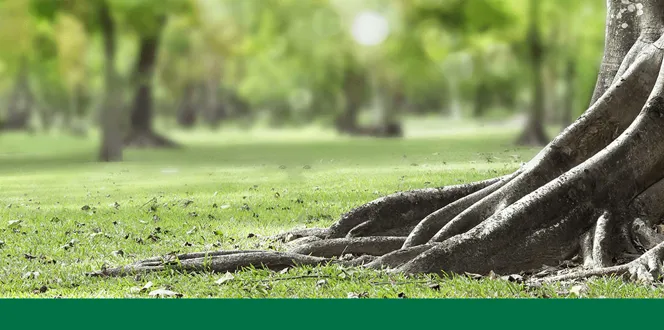If there’s a section in your yard that’s a dead zone when it comes to planting, soil salinity may have something to do with it.
Salinity is the amount of salt in soil. While It’s OK for soil to have some salt, an oversupply of salt is not a good thing.
Let’s dig into the definition of soil salinity, what it means for your plants, and what to do if your soil is overstocked with salt.
What is soil salinity?
As mentioned, soil salinity is the measure of salt in soil. Another term to know is “salinization.” That’s the process of soluble salts (for example, sodium) building up in soil over time.
Causes of soil salinity
Lots of things can increase the level of salt in soil. To name a few:
- Soil compaction can increase salt in soil because poor drainage allows more salt to build up
- Using too much fertilizer, manure, or compost can add excess salt to the soil
- Road salt spread on your driveway or on sidewalks can trickle into garden beds and add salt to the soil
- Regularly watering your garden with water that contains small levels of salt can lead to build up
Why is soil salinity a problem?
When there’s a surplus of salt in the soil, plant roots have a much harder time taking up water. To paint a picture, the effects of overly salty soil are similar to the effects of drought. Plants are dehydrated, they can wilt or turn brown, they can experience stunted growth, and if they’re too stressed from a lack of water, they can eventually die.
Salinization is also a problem for fruit and vegetable plants, so much so that the Department of Agriculture is working to figure out solutions that will save crops.
For one study, scientists at the USDA’s Salinity Laboratory are taking a closer look at grapes and almonds, two crops that have a very low tolerance for salt. By producing and testing a variety of grape and almond plants, their goal is to determine which types are most salt-tolerant. Outside of this, the lab does lots of other research projects on planting in salt-affected soil.
How to reduce salinity in soil
To reduce the level of salt, you'll need to leach the soil. Leaching is thoroughly and deeply watering the soil over a period of time. But before you do that, there are two important steps to take; 1) get a soil test, and 2) make a plan to improve soil drainage.
Let’s start with soil testing. A soil test will tell you the extent of the salt problem, and when you have your soil tested by professionals like the arborists here at Davey, they can help you determine how much water is needed to flush out the salt. Plus, they’ll recommend other steps you can take to improve the soil.
Now, drainage. Your soil must have good drainage in order to rinse out the excess salt. Remember, compacted soil contributes to the problem! Here's how to loosen soil and reduce compaction. If you want professional help, ask your local arborist about vertical mulching.





